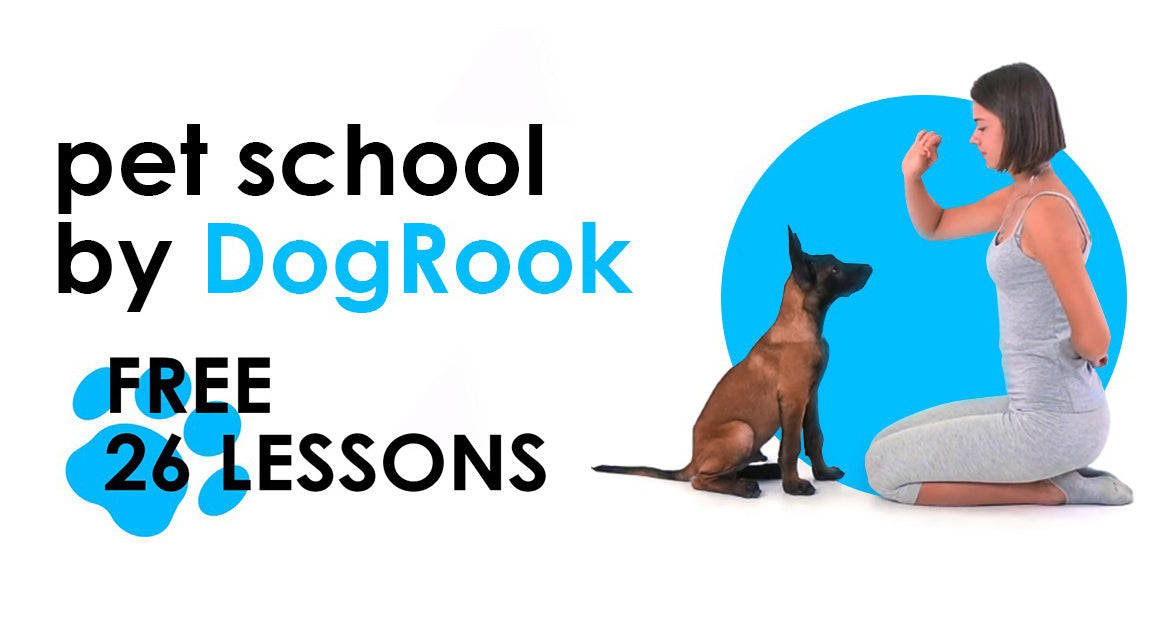Tips on How to Make Two Dogs Become Friends
In life, situations are not uncommon when a pet lives in the house, and a second one is taken to it. The most important task of the owner in such a situation is not to destroy the happiness of his first pet and to make the stay of the “newcomer” as comfortable as that of the “older” pet.
How to Make Dog and Dog Friends?
Territorial issue
It is highly undesirable to make adjustments to the usual life of your first dog when the second one appears - to move it to a new place, move the bed from the place "familiar" for years, move the bowls that have ALWAYS been HERE up to that moment.
Also, I do not recommend imposing a neighborhood with a new one on an adult dog - to place beds and bowls of two dogs in the immediate vicinity. This is a direct path to territorial conflicts and aggression.
And it is not at all permissible to move the "property" of the old dog and put the bed of the new dog in its place. Dogs have feelings of jealousy and possessive behavior. And if the first dog is old, it can generally become sad and even get sick from such an unfair and offensive behavior of the owner!
The best option for the "correct" behavior of the owner is to conditionally divide the existing territory in half and to settle the dogs as far away from each other as possible. I mean, first of all, the arrangement of the dog's beds and bowls.
Moreover, it is advisable not to touch the bed and bowls of the first dog at all, and in the second half of the apartment (or house), in the diametrically opposite side, determine a place for the bed and bowls of the second dog.
Minimization of provocative moments
It will not be superfluous to think about what may serve as a "stumbling block" during a meeting. Therefore, at the time of the first meeting of the dogs, it will be correct to remove all toys, bowls and treats from the reach zone. Anything that can provoke a sense of competition in dogs.
The first dog feels like the master of the situation, because this house is already IT territory. For this reason, a street, park, or any other NEUTRAL area would be the ideal place to meet dogs, not an apartment or house. Neither dog should have a tangible advantage, they should be in exactly the same circumstances!
Try not to worry! Remember that dogs easily "read" our mood by breathing, heartbeat and other "beacons" and adapt to their owners.
You need to be relaxed, radiate calmness and friendliness!

Also not only dogs can be friends, but people too! Find more about joyful DogRook Community.
Preparing for the first meeting
So, when dogs first see each other on the street or other neutral territory, they should be well walked. The best option if your first, "older" dog is already running well and even a little tired.
It is desirable that the dogs meet, both on leashes. There is no need to pull or pull on the leashes. Let the dogs walk quietly, get to know each other and sniff each other.
Be prepared for the puppy to show obedience - to tighten, lower its ears, lie on its back. Perhaps the baby will begin to lick the face of an adult dog. An older dog may growl. All of these rituals are natural for dogs, so you don't need to worry. The only thing that needs to be controlled is that the joyful "attacks" of the big dog do not injure the baby.
If your older dog is well socialized, then it will not show aggression towards the puppy. After she sniffs him and examines him, most likely she will either ignore or invite him to active games. Everyone knows what a dog's "flirting" looks like - the dog lowers the front of the body and raises its tail.
After the dogs have played a little, walk for 10-15 minutes with both dogs on leashes. If the meeting somehow did not work out right away - the dogs are overly alert and tense, then go for a walk together right away. It is most convenient to do this together with an assistant. If you suddenly notice that the dogs are showing aggression, walk with the helper in the center, keeping the dogs on opposite sides from each other. That is, two people should, as it were, separate the dogs. If the dogs react to each other quite calmly, have them walk alongside, and people accompany the dogs from the outside.
Bringing dogs home
After the dogs have walked and calmed down, it's time to go home. It is best to bring dogs into an apartment or house on leashes as well. Let the new dog enter the house first.
Give the dogs a drink of water by placing them in their bowls in different rooms.
Control the behavior of the older dog, make sure that she does not show aggression towards the puppy. If the dog is aggressive, muzzle it.
First week together
The first week of coexistence of dogs is the most important and the most difficult, pets get used to each other, learn to coexist together, establish their own internal hierarchy. An adult dog will demonstrate the "rules of behavior" to the puppy, try not to interfere with such "lessons" unnecessarily.
If you see that the dogs began to fight and went into courage, try to switch their attention to another activity so that their excitement does not go off scale in the zone of aggression.
If you are late, and the quarrel has already begun, strictly cut off both dogs! You must clearly demonstrate to both pets that fights in your house are prohibited!
Make sure that an overly active puppy does not tire the adult dog with its endless games. If you see that the older pet is tired and tries to ignore the baby or snaps at his attention, “unload” the older dog, continue playing with the puppy yourself.
Don't let your puppy become a provocateur by feeling your support and protection!
Be attentive and consistent - give each dog a fair amount of your attention, even when alone! An older pet should receive it no less than before, so as not to feel deprived and not to be jealous of the owner of the new pet.
The puppy also needs individual interaction with the person, this communication will help you to establish a bond with the little pet.
Spending time and playing with two dogs at the same time is also important and necessary, but they will develop, first of all, the connection between the dogs, and not with the owner.

In the first week, it is advisable not to leave the dogs alone, unattended. If you leave, separate them during your absence in different rooms, close them in different rooms. If this is not possible, build a dividing wall or playpen for your baby. A transparent barrier will speed up the process of acceptance and convergence of dogs - they will see and feel each other.
If the dogs are in different rooms during your absence, you can use a popular canine trick to bring them closer - exchange of smells. To do this, take two slightly damp cloths and wipe the dogs' hair, and then leave a cloth with the scent of another dog in each of the rooms in which you locked the dog. This will make the dogs more accustomed to each other.
Usually, the rapprochement in dogs takes about three days, less often a week. If you are not at home and are forced to separate the dogs in different rooms, this time does not count towards three days. The more you separate the dogs, the longer it will take them to get used to each other. Therefore, I think the best time to make friends with dog and dog is the weekend when you can spend the maximum amount of time with your pets.
There are a number of situations in which the owner needs to be especially vigilant - during his return home, when guests come to you, and also when the dogs are eating. At these moments, dogs can show aggression, although before that they were quite calm and flexible.
If one of the dogs is aggressive, then do not rush to cancel the "barriers" - let the dogs live with the partition for a while, and the aggressor is muzzled. Control the process of rapprochement personally, do not let it take its course.
To understand that the dog has calmed down will help you with its postures. For example, if she began to turn away and lie with her back to the puppy, this is the first good sign of reconciliation. Do not be lazy to praise and reward dogs with "tasty treats" for calm and docile behavior!
I repeat, but this is important - at first, until the dogs get used to and accept each other, feed them in different rooms. After the dogs have eaten, be sure to remove the bowls of leftover food. Bowls of clean drinking water should ALWAYS be available to dogs,
In conclusion
I would like to say that only TWO dogs can be better than a dog!
And do not even think of reproaching yourself for allegedly "cheating" on your first dog by starting a second one! Dogs are social creatures. The desire to live "in a flock" is genetically inherent in them. Having a tailed friend will make your dog's life happier and more interesting!
Even if this friend turns out to be a cat!
Taking care of you and your pets









